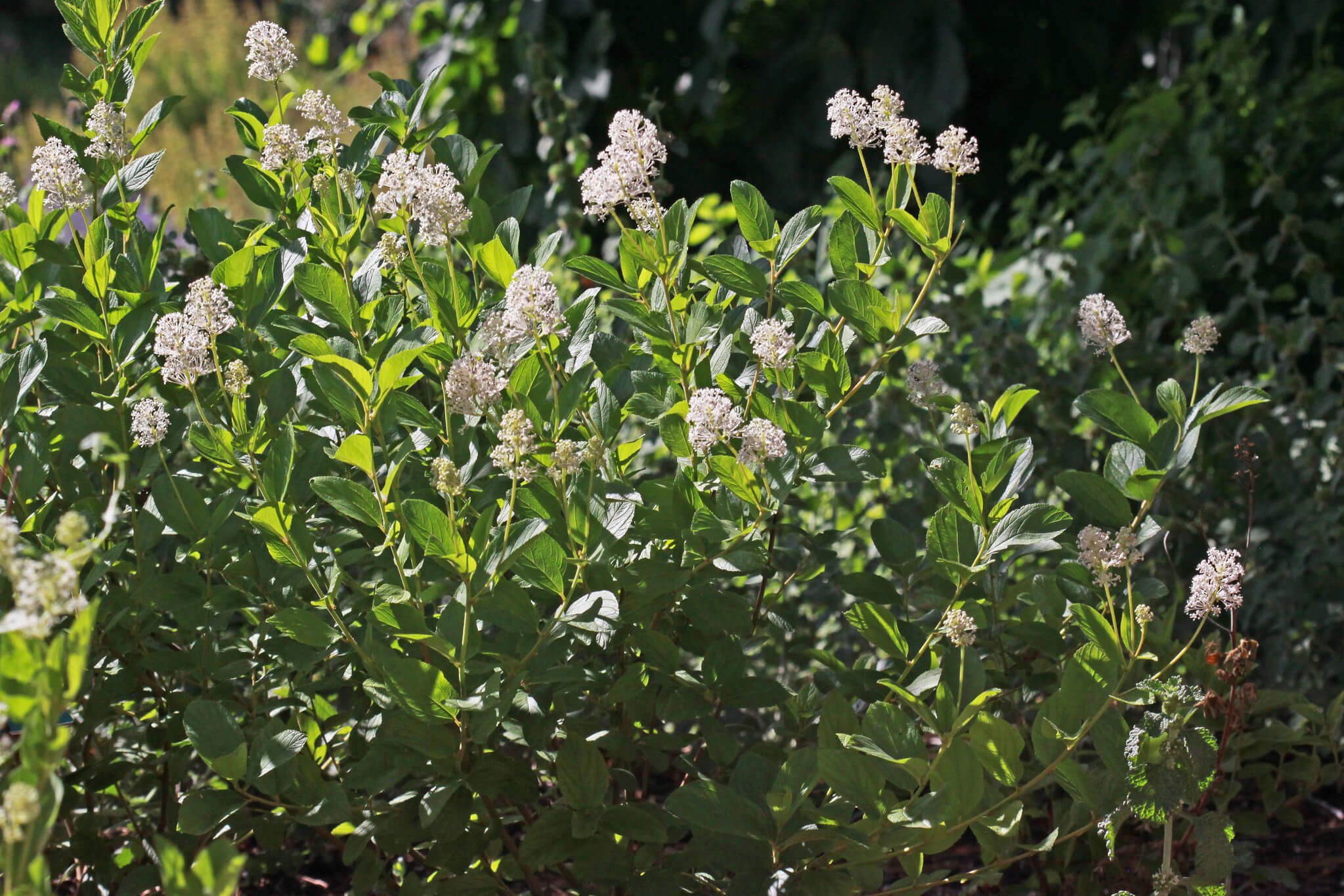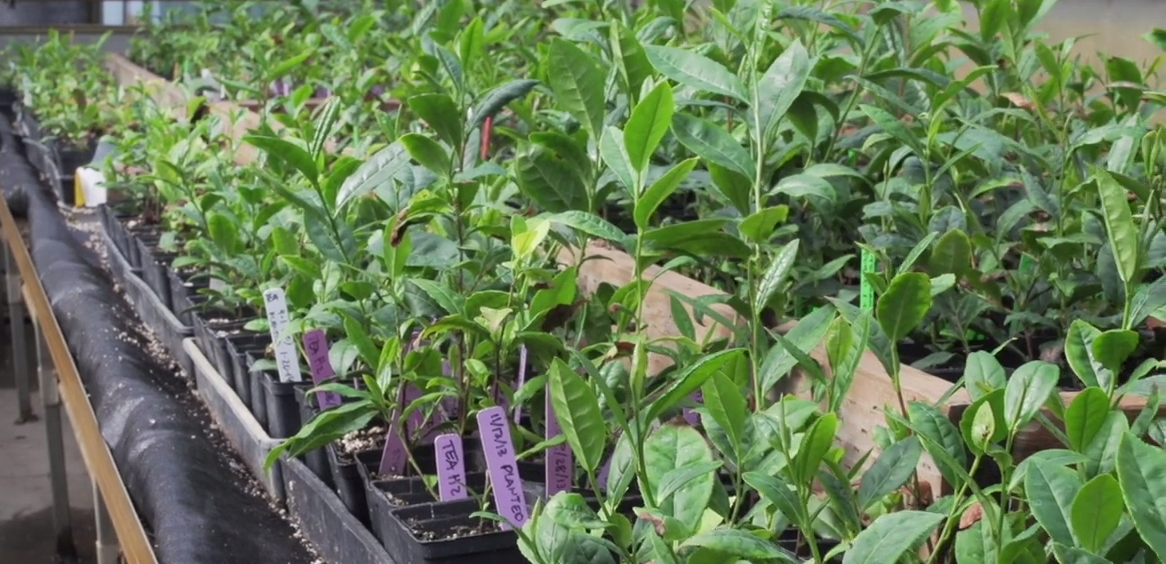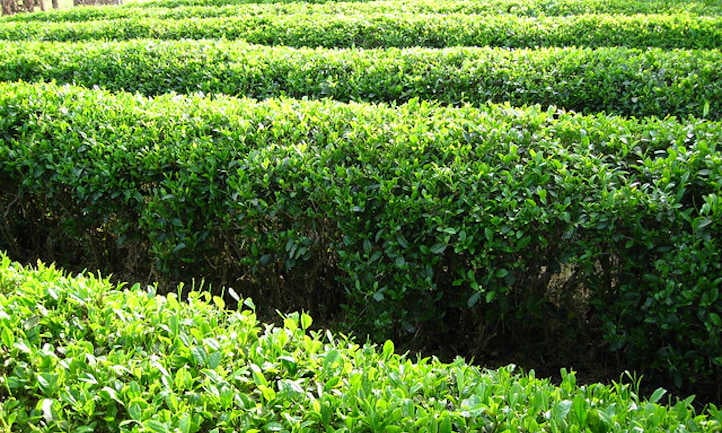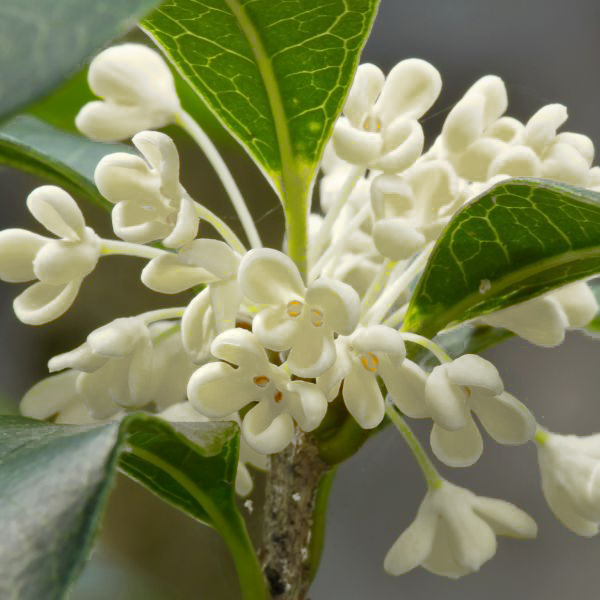Ship to: 43215 Update

- Plants
- Shrubs & Hedges
- Privacy Shrubs
- Tea Plant
Plants Filter
Current Filters
Mature Height
Sunlight
Plant Type
Tea Plant
The tea plant, Camellia sinensis, is an evergreen shrub or small tree belonging to the Theaceae family. It is native to East Asia, including countries like China, India, Japan, and Korea. The tea plant is best known for being the source of various types of tea, including green tea, black tea, white tea, and oolong tea. It is an economically significant plant cultivated in many regions worldwide for tea production. The leaves of the tea plant are glossy, dark green, and have serrated edges.

Varieties: While there are several varieties and cultivars of Camellia sinensis, the main types are based on the processing methods used to create different teas, such as green, black, white, and oolong teas. For example:
- Camellia sinensis var. sinensis: Known for producing Chinese tea varieties, including many green teas.
- Camellia sinensis var. assamica: Produces many Indian and Assam teas, including most black teas.

Care Tips:
- Sunlight: Tea plants prefer partial shade to full sun. They need some sunlight to thrive, but protection from intense afternoon sun is beneficial.
- Climate: Tea plants prefer a humid, subtropical to tropical climate. They are sensitive to frost and thrive in regions with mild winters.
- Soil: Well-draining, acidic soil is essential for tea plants. They prefer soil pH between 5.5 and 6.5.
- Watering: Tea plants require regular watering, especially during dry periods, to keep the soil consistently moist.
- Mulching: Applying a layer of organic mulch around the base of the plant helps retain soil moisture and suppress weeds.
- Pruning: Pruning can help shape the plant, promote bushier growth, and facilitate harvesting of the tea leaves.

Uses:
- Tea Production: The primary use of the tea plant is for the production of various types of tea, such as green, black, white, and oolong teas. The leaves are harvested and processed differently to achieve the desired tea type.
- Ornamental Plant: Tea plants can also be grown for ornamental purposes in gardens and landscapes, particularly in regions where the climate is suitable for their growth.
Tea has a rich history and cultural significance in many parts of the world, and the tea plant itself has been cultivated for thousands of years. It plays a pivotal role in the global tea industry, providing the basis for one of the most consumed beverages worldwide. When growing tea plants for tea production, it's essential to consider the specific processing methods required for the desired tea type, as different types of tea are made from the same plant but undergo various processing steps. With the right care and suitable climate, tea plants can thrive, providing fresh, homegrown tea leaves for brewing delightful and flavorful beverages.
Discover the World of Tea
The Tea Plant category offers a diverse selection of tea options, allowing tea enthusiasts to explore different flavors, aromas, and brewing techniques. Whether you are seeking a soothing cup of herbal tea or a traditional black tea experience, this category has something to suit every taste.
Item has been added to your cart.


